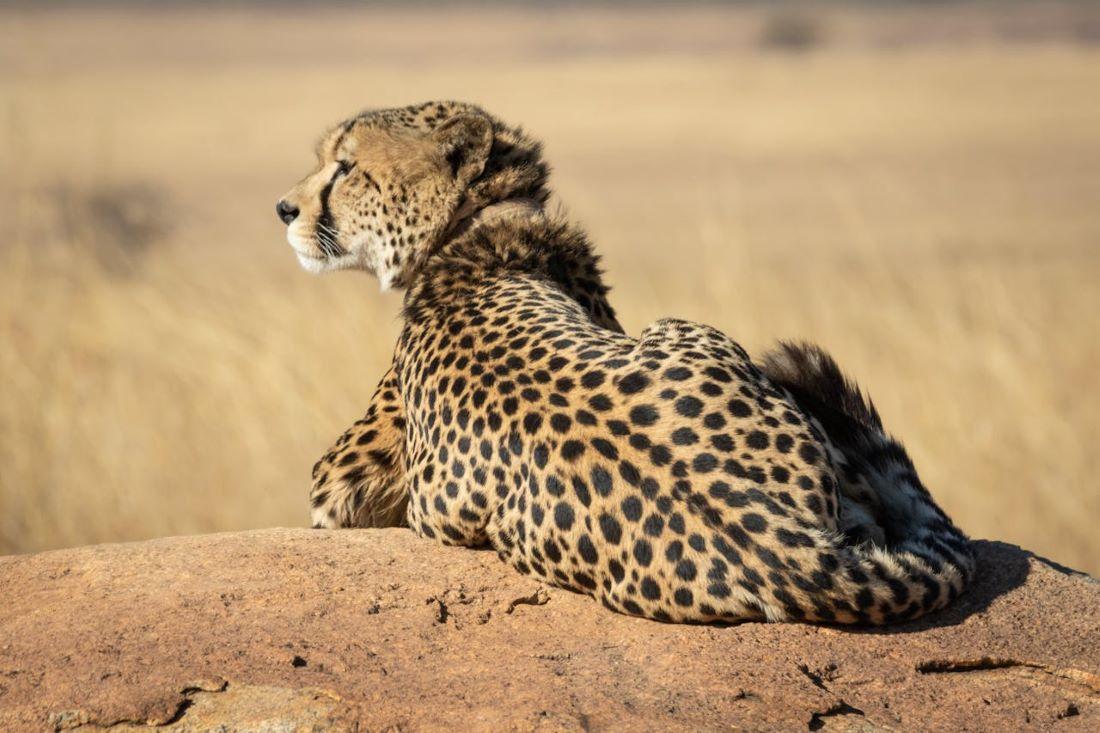This blog was written by 15-year-old Daniel Smith, a wildlife enthusiast from Johannesburg, South Africa.
[DYNAMIC-BLOGTABLEOFCONTENT]
Why Choose Cheetah Hunting in Namibia as Your First African Cat Hunt?
If we consider the pure multitude of options available for African cat hunts, we will surely agree that hunters are spoilt for choice. From the elusive and cunning leopard, and the mighty African lion, to the civets, servals, and genets, the range is endless. But there is something spectacular about targeting the world’s fastest land animal that gets a person’s heart beating just that touch faster!
Not only are they sought-after hunting trophies, but the bragging rights after hunting one of these cats are also worth considering! With Namibia the only African destination where cheetah can be hunted, with only a certain quota available, it truly is quite an unusual trophy that will certainly not be on display in every Tom, Dick, and Harry’s trophy room.
Add to the above the fact that cheetah hunting in Namibia is challenging, yet rewarding, and it is quite obvious as to why this African cat is the hunt of choice for many international hunting enthusiasts.
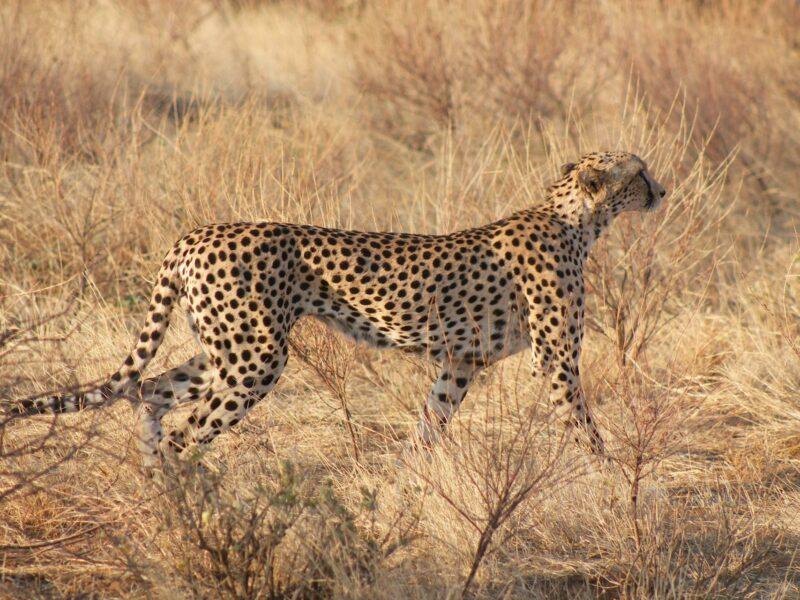
The Cheetah: A Brief Overview
- The cheetah (Acinonyx jubatus) is native to Southern and Eastern Africa and is a predator that is constantly on the move, making it a challenging hunting target.
- The cheetah, although not water-independent, can survive without water for between 4-10 days, by obtaining the necessary moisture from the prey it consumes.
- Cheetahs usually hunt in the early morning or late afternoon. They use hills, mountains, or even rocks as a lookpoint from which to spy game.
- It then stalks the prey, until close enough when it gives chase, reaching speeds of up to 70 miles per hour.
- A cheetah doesn’t bite its prey to death but rather suffocates it by cutting off the animal’s air supply.
- Cheetahs only eat fresh meat. This makes baiting this African cat quite difficult and dilutes this hunting method’s success rate.
- Did you know that the cheetah is also prey and not just a predator? Lions, leopards, and hyenas are known to prey on cheetahs.
- Adult males weigh around 84-143 pounds and males are slightly heavier than females.
- A cheetah’s tail helps it balance when reaching its fast speeds.
- The cheetah is a large cat with tawny to creamy white or pale buff fur with evenly spaced, solid black spots.
Why Choose a Safari Hunting Trip to Namibia?
- Firstly, Namibia is a safe destination that is easy to access from various destinations worldwide.
- It is politically stable, having gained independence in 1990.
- It has excellent infrastructure, with well-established roads, communications, healthcare, and education systems.
- The country’s safari hunting industry is well-defined, with excellent rules and regulations to ensure an efficient and effective hunting industry.
- African outfitters are known for being on top of their game, and those in Namibia are no different. They, and their staff, realize that game hunting brings big bucks to the country and is responsible for their livelihoods. They pull out all the stops to ensure a memorable hunt – and have you returning to Africa for more.
- The area is home to many species of African plains game, specialty game, and African cats, as well as being the destination for a diverse range of African big game and dangerous game hunting safaris, including Cape buffalo, hippos, lions, and the notorious Nile crocodile.
- Namibia’s vast landscapes allow the hunter to experience varying terrain: From the breathtaking Zambezi region with its green and lush vegetation to the arid and semi-arid desert regions that play host to a magnitude of animals.
- Namibia allows both rifle and bow hunting.
- In terms of pricing, it may not be the cheapest destination, but neither is it the most expensive, offering value for money on its safari hunting packages and experiences.
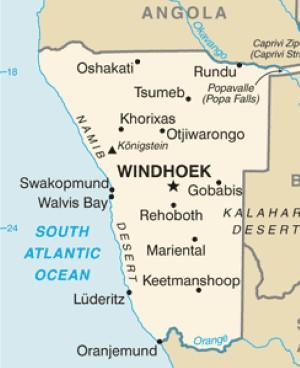
Is Cheetah Hunting in Namibia Legal?
Firstly, at the time of writing this blog, Namibia was the only African destination where cheetahs could be legally targeted on a game hunting safari. Cheetahs have the smallest remaining population of any of the African big cats, with these ever-smaller numbers due to climate change and diminishing habitats, but through very steady regulation the country has legalized cheetah hunting in Namibia.
By no means will permits and paperwork be easy to obtain, but that beautiful trophy will make it all worth it. The quotas issued for the 2024 hunting season as set at 150.
Cheetah Hunting: Fast Facts
- The cheetah is found throughout southern and eastern Africa, preferring to inhabit areas with large and varied prey options, including impala, springbok, and warthogs.
- They thrive in a variety of habitats, including mountainous terrain, grasslands, dense vegetation, and savannahs.
- With its variety of habitats, cheetahs are found across Namibia, with hunting being more prevalent in the south, central and northern regions of the country.
- Cheetah hunting in Namibia may only be undertaken during daylight hours. No night hunting is permitted.
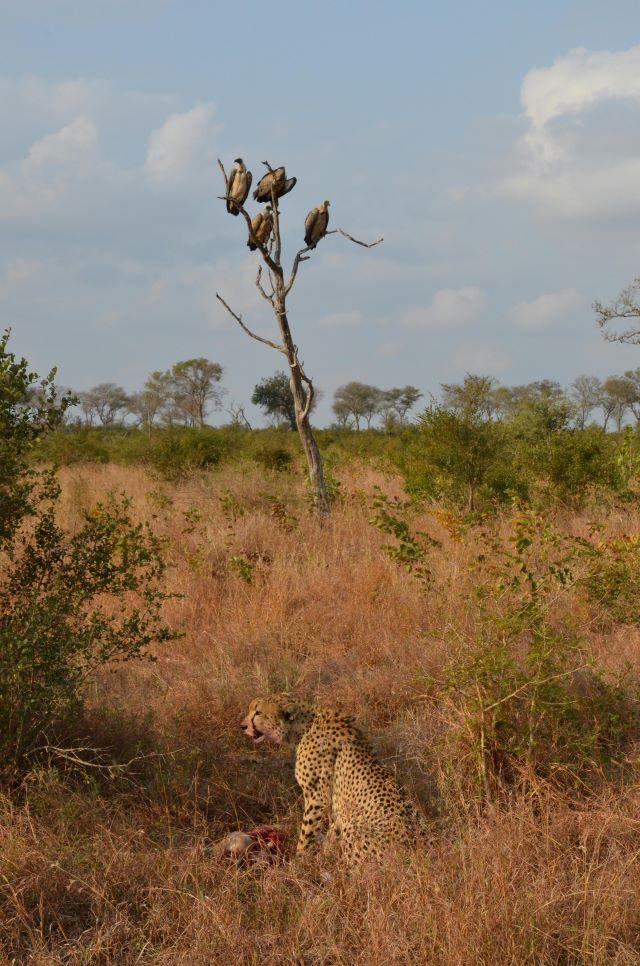
Cheetah Hunting in Namibia
When can I enjoy a Cheetah Hunting Safari in Namibia?
Namibia’s hunting season runs annually from the 01 February to the end of November. Cheetah hunting is available throughout the hunting season, but the best time for a cheetah hunting safari would be during the cooler winter months, from around May through to October.
Cheetah Hunting in Namibia: Hunting Methods & Techniques
- Cheetahs are fast, agile, and alert, making these elusive creatures quite the challenge to hunt, especially when you consider the vast territories that they cover.
- Cheetahs also prefer to make their own kills and therefore not really interested in bait, which is a second challenge when hunting this predator.
- A method that could work for baiting a cheetah, is if they were disturbed during a kill. In this instance, they may return to the site. A temporary blind is then set up, to wait and see whether the animal will approach its kill again.
- Cheetah hunts mainly take the walk-and-stalk approach, where tracks are found and the stalk commences. Stalking a cheetah is exceptionally difficult, because not only are they extremely alert as predators, but they are preyed on by larger carnivores too, resulting in these African big cats being extra cautious and vigilant of what is happening around them.
Shot Placement when on Cheetah Hunting in Namibia
When shot placement is considered on your African hunting safari, the best advice that can be given is that if you are not 100% of your shot, don’t take it. Shot placement on any animal must be spot on, but especially on the world’s fastest land animal, which will simply disappear into the distance. Humane and ethical hunting is called for, so ensure that you have done your homework and can humanely target this majestic African cat.
Popular shot placement options include:
A broadside shot
When the cheetah is broadside meaning the animal has its side towards you, this is the best-case scenario it ensures the biggest target possible. Now where is the best shot placement on the broadside, well behind the shoulder is always a safe bet.
A frontal shot
Arguably the harder of the two, the target is now a fraction of broadside but this by no means is an impossible shot.
Find out further information about shot placement on cheetahs.
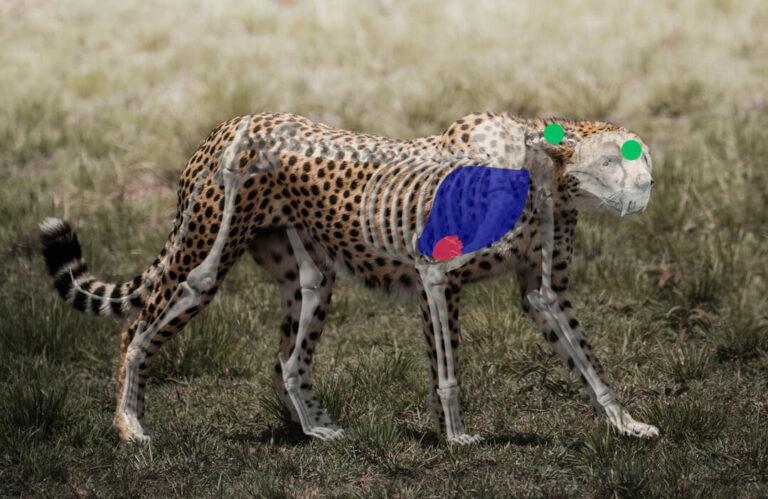
Which Caliber Rifle is best when Cheetah Hunting in Namibia?
- Cheetahs aren’t very hardy animals, so it doesn’t take too much power to take down one of the world’s fastest land animals.
- Cheetahs, with their size, are fairly similar to a subcategory called African plains game. Animals such as Roan, Zebra, Impala, Waterbuck, Blue Wildebeest, Kudu, Warthog, Bush Pig, and Ostrich, all fall under this banner.
- A 7mm is the perfect caliber that packs the punch needed for a clean, humane kill. 7mm is considered a low recoil round generating 20-foot pounds of force, so for any seasoned hunter it should be a walk in the park. Anything that is of a higher caliber will do the job well when hunting cheetahs, however, a fast bullet speed is recommended.
- This all comes down to personal preference, a comfortable grip, and no hotspots when shouldered are all things to consider when picking out your perfect weapon of choice, but just as important as the rifle is your scope this plays just as much of an important role as the actual weapon.
- Cheetahs, with their wary nature, means that distance is going to be your best friend.
- Good stability is crucial, you never know when the opportunity to take the shot arrives. Ensure you always have a steady shot a tripod or bipod is always useful when a miss could mean the end of a hunt.
Can you Hunt Cheetahs in Namibia using a Bow?
Yes, hunting cheetahs using a bow is allowed in Namibia, but hunters must be warned that this is a particularly difficult route to take when cheetah hunting. Using a bow to complete a cheetah hunt requires not only expert marksmanship and skill but also a lot of luck, as cheetahs are mostly targeted by chance and they disappear as quickly as they appeared!
What does it Cost to Hunt Cheetahs in Namibia?
- In Namibia a typical cheetah hunt is approximately $5,000 with trophy prices anywhere between $2,500 to an additional $5,000. By no means is this a budget hunt, this will be an experience you’ll never forget. Don’t let the price deter you, this is more than worth it, it’s more than a price tag it’s a lifelong memory.
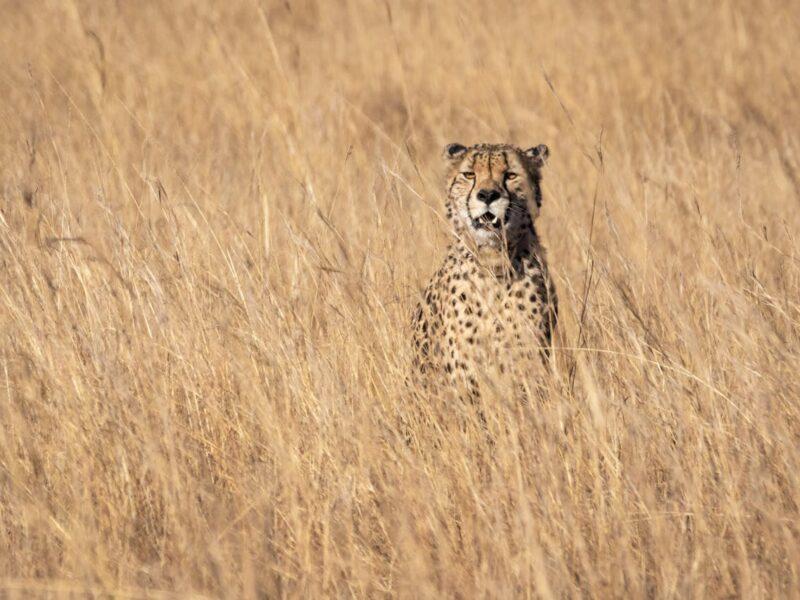
I have my Cheetah Game Hunting Trophy, but how do I best Display it?
- Unlike other hunts a predator hunt doesn’t come with horns or tusks but usually a full or half mount.
- A full mount involves a taxidermist using the whole animal to display as your trophy, they usually are placed in an action pose to create a more realistic display.
- This shows every little detail of the trophy and can be a great statement piece wherever you put it.
- The only downside is the large amount of space this would take up, cheetah although being the smallest big cats certainly does not mean they are the size of a house cat.
- A large male cheetah can weigh 140 pounds and is 56 inches long, making them a sizable trophy to have. But if you’re short on space a half mount is the way to go!
How Many Cheetahs are Left in Namibia?
- Namibia is home to one-fifth of the World’s cheetah population. The population of cheetahs in Namibia is an estimated 3500 which is the highest cheetah population in the entire world.
Which countries have banned the Import of Cheetah Trophies?
Many countries have shown their concern about the dire need to protect cheetah populations by banning the import of cheetah trophies. An example is the United States, which implemented a ban on the importation of cheetah trophies in 2014. The decision was made to more easily monitor any possible illegal hunting steps. The ban came as a response to the sudden drop in cheetah populations, habitat loss, human-wildlife conflict, and illegal trafficking.

Book That Hunt!
If you’re looking for a dangerous game hunting option that is unique as is the sand in the Namib Desert, then this one’s for you! Cheetah hunting in Namibia not only requires excellentshot placement but also calls on patience from the hunter and hunting party. Cheetah safari hunts are fast-paced and exciting, and provide hunters with an exceptional game hunting trophy after a memorable hunt in mesmerizing surroundings.
Find out more about Namibia or check out one of the blogs relating to Big Game Hunting in Namibia.
